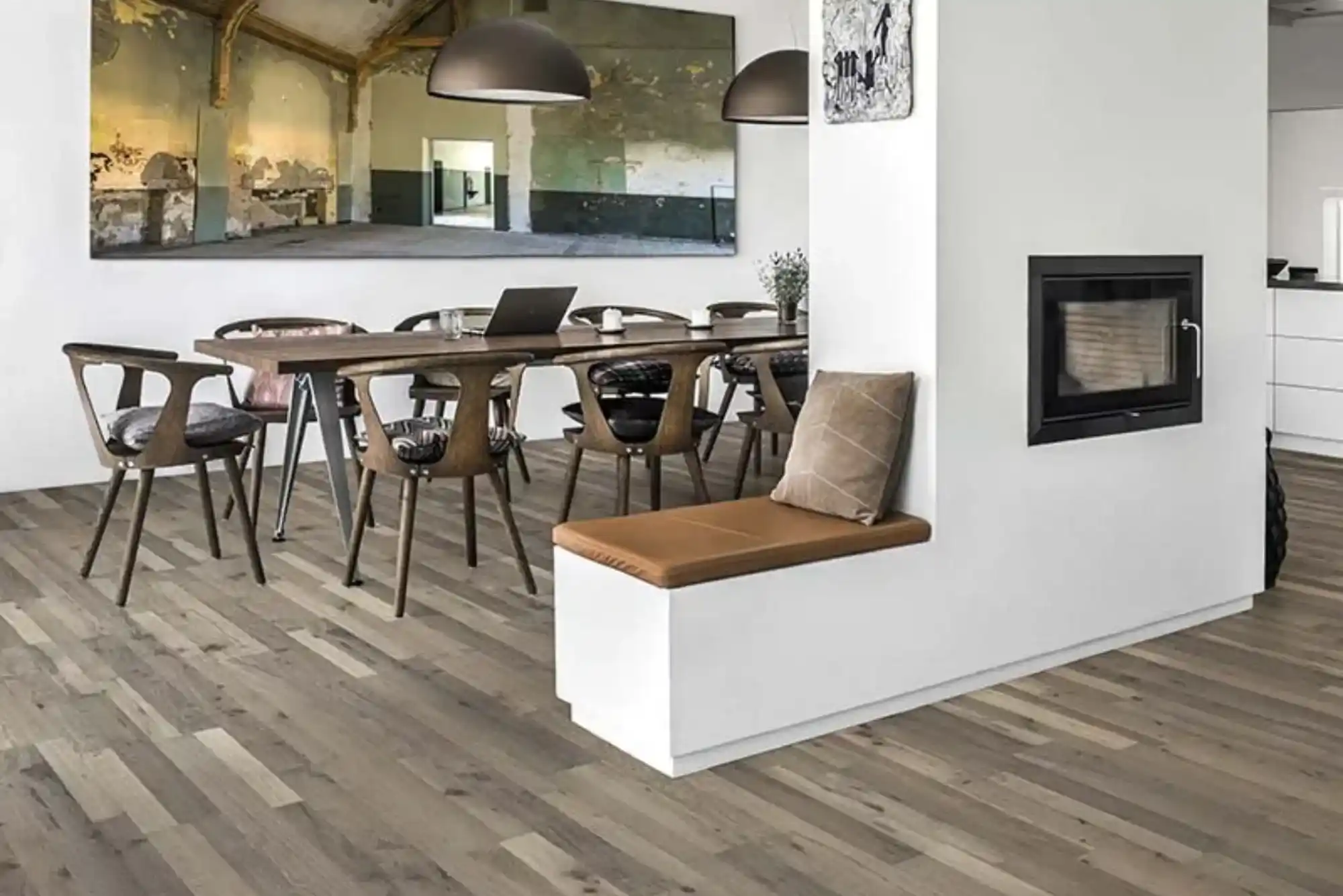Expanding storage space or adding extra rooms in a home can often involve creating a loft. Loft spaces offer functional areas in homes where space is limited, but they come with various considerations. One of the most important factors to consider when planning a loft renovation is the weight of the flooring. Understanding how much loft flooring weighs and how it interacts with structural capacity is essential for ensuring safety and longevity. This article delves into the various aspects that influence the weight of loft flooring, offering guidance on installation choices, materials, and safety protocols that can help homeowners make informed decisions about their loft projects.
Why Loft Flooring Weight Matters
When homeowners decide to convert or board a loft, they may not initially consider the impact of flooring weight on the overall structure. However, this consideration is critical because excessive weight could compromise the integrity of the home’s framework. The weight of Loft Flooring determines not only what you can store but also how long the structure can sustain the added load. Adding flooring to a loft without careful planning can put undue stress on ceiling joists and supporting walls, creating potential risks over time. In short, calculating the right flooring weight is a foundational step in any loft project.
Factors Influencing Loft Flooring Weight
Several factors contribute to the weight of loft flooring. These factors range from the choice of materials and structural framework to the thickness of flooring boards. Common flooring materials like plywood, chipboard, and timber can have vastly different weights. The type and thickness of Loft Boarding influence the overall load on the loft area, and it’s essential to select materials that align with the capacity of your existing structure.
Material Types for Loft Flooring
Materials used for loft flooring vary, each with distinct weight characteristics. Plywood, chipboard, and solid timber are popular choices, but each has unique pros and cons regarding weight and load-bearing capabilities. For example, plywood is durable and relatively lightweight, while chipboard tends to be heavier but offers cost savings. Choosing the right material depends on balancing cost, durability, and the loft’s purpose.
Thickness of the Flooring Boards
The thickness of flooring boards also impacts overall weight. Common board thicknesses for loft flooring range between 18 mm and 22 mm. Thicker boards provide greater durability, which is especially useful if the loft will be used as a functional living space or for heavy storage. However, thicker boards add more weight, so this decision must align with the loft’s structural support capabilities.
Loft Floor Reinforcement and Support
In some cases, the existing joists in the loft may not be able to support the weight of new flooring. Reinforcing the joists or adding additional support beams can distribute the load more effectively, but this approach must be balanced with structural considerations and added weight. Consulting a structural engineer can help determine if extra support is necessary.

Calculating Loft Flooring Weight
The weight of loft flooring typically ranges between 10 to 30 kg per square meter, depending on material and thickness. A small loft space of around 10 square meters could, therefore, add between 100 and 300 kg to the overall weight burden. Understanding these numbers helps homeowners and contractors determine if additional structural reinforcement is required. If a loft will be used for significant storage or occupancy, then it’s crucial to ensure that the weight does not exceed the load-bearing capacity of the supporting structure.
Impact of Insulation on Loft Flooring Weight
Insulation is often added to lofts to improve energy efficiency and soundproofing. While insulation materials generally don’t add significant weight, their presence beneath flooring can alter the distribution of the loft flooring’s load. Insulation materials, like mineral wool or foam boards, weigh less but create an additional layer that may require thicker or stronger boarding. Properly calculating the load of both Loft Flooring and insulation materials ensures that the flooring remains stable and effective over time.
Safety Considerations for Loft Flooring Weight
Ensuring safety in loft conversions involves understanding both short-term and long-term impacts of flooring weight. Over time, excessive weight can stress ceiling joists, causing warping, cracks, or even partial structural failure. To mitigate these risks, homeowners should invest in professional installation or consultation with a structural engineer. Professionals can assess existing support structures, ensuring that they are sufficient to handle the flooring weight and any additional weight from furniture, storage, or occupants.
Choosing the Right Loft Boarding for Your Needs
Selecting Loft Boarding and flooring material for your loft depends heavily on the loft’s intended use. If the loft will only serve as a light storage space, lightweight materials like thinner chipboard panels may suffice. However, if you plan to use the loft as a functional space, such as an office or extra bedroom, then a stronger and potentially heavier material like solid timber or thicker plywood will be necessary. Quality Loft Boarding provides additional benefits, such as increased stability, enhanced safety, and improved insulation.
Loft Flooring Weight and Home Resale Value
Investing in quality loft flooring and ensuring proper weight calculations can also affect a home’s resale value. Potential buyers often seek homes with additional usable space, and a well-constructed loft can add to a property’s appeal. However, if a loft is poorly constructed with insufficient attention to structural weight, it can negatively impact a sale. Correctly calculating and accommodating the weight of Loft Flooring assures buyers of the loft’s safety and functionality, potentially increasing the property’s market value.
Maintaining Loft Flooring and Avoiding Overloading
Once loft flooring is installed, ongoing maintenance and careful use of the space are important. Avoid overloading the loft area with excessively heavy items, as this can place undue stress on the flooring and joists. Regular inspections, especially after significant weather events or changes in home use, can help identify any structural concerns early. Ensuring that the flooring material remains intact and free of warping will prolong the loft’s longevity and maintain its safe use.
Final Thoughts: Balancing Weight, Safety, and Functionality in Loft Flooring
Understanding the weight of loft flooring is crucial for anyone planning a loft conversion or boarding project. From material selection and board thickness to support reinforcement and insulation, each factor plays a significant role in the flooring’s overall weight. By carefully calculating these elements, homeowners can create a functional and safe loft space that adds both utility and value to their property.










